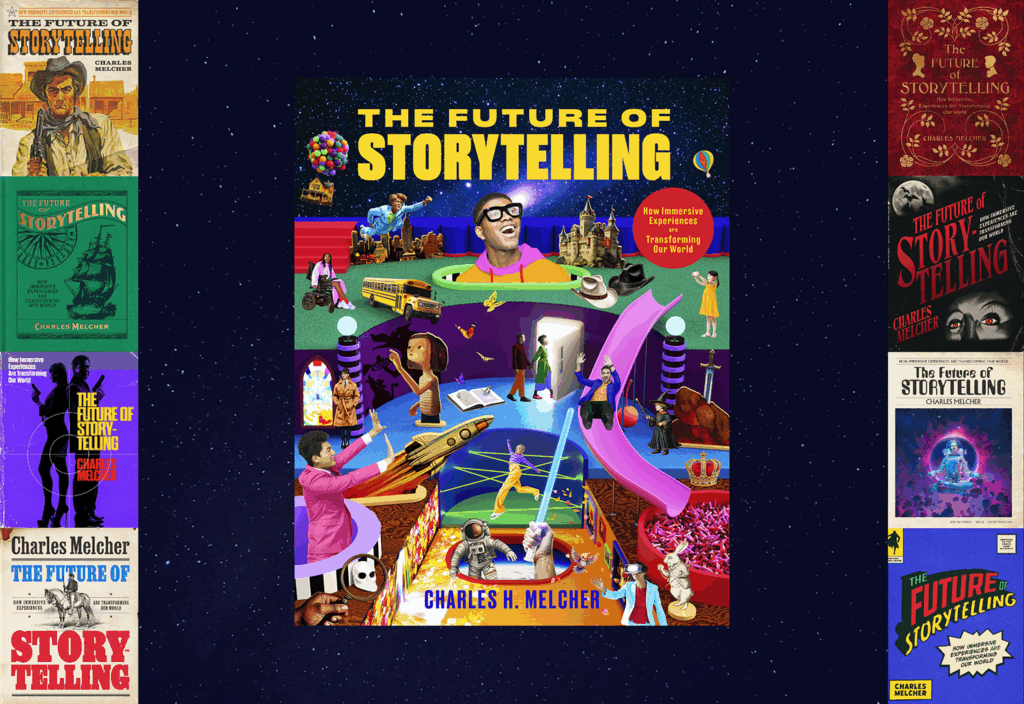NO WONDER YOU’RE in a bad mood. It’s late, and you’re proofing a catalog page when you realize that the photo and the caption have nothing to do with each other.
Good catch, but what do you do now? In the old days, you would have had to dig through the transparencies and do a new scan. Now? It’s unlikely the mistake would even occur thanks to the industry’s newest buzzword: Digital asset management.
Well, maybe it’s not that new; the technology has been around for awhile. The topic was debated at trade shows in 1995, and digital archival services were offered by graphic arts suppliers around the same time. But many businesses are only now catching on to the fact that they can store thousands of images and find them easily, while saving money on the production process.
The subject is so hot, in fact, that a New York-area trade group, the Association for Graphic Communications, is forming a task force to look at the issues facing suppliers and their clients. The group will seek to create best practices, among other things.
Direct marketers have been among the early adapters not only to digital asset management, but to the broader capability it serves-direct-to-plate printing. For example, Damark International, Minneapolis, which produces 62 catalogs a year has been able to cut staff by about eight people and otherwise reduce costs by 15% by using Banta Corp.’s B real-time asset management service.
Banta, a Menasha, WI-based printer, introduced B real-time a year or so ago. The service gives users a way to manage all creative, pre-press and print processes directly from desktop computers, consolidating many functions traditionally performed by an outside pre-press company. According to Banta, it can cut cycle time by as much as half.
The system has enabled Damark to test more than 20 different catalog editions around the country, add about nine new product categories and bump up the page count of its big book catalog from 136 to 172 more cheaply and efficiently than before.
For example, gone are the days when graphics had to be messengered to Damark’s color separator 20 miles away; now both Damark and the separator workout of a central database.
“We’ve seen our new product in-home dates drop from 32 to 19 days and our pre-press production cycle shortened from three days to one,” says Damark advertising director Randy Rudolph.
The best thing is that there was no real cost involved. Banta provided the equipment, and helped the company convert to direct-to-plate, something Damark had tried on its own a few years ago, resulting in a “total disaster,” Rudolph says.
Rudolph adds that the firm communicates with its suppliers via DS3 telecommunication lines, the fastest available.
Cataloger Foster & Gallagher has also embraced digital asset management. Last November, the company installed 17,000 images from all its catalogs into one central database in Madison WI, says Jim Paauwe, senior vice president of advertising. Indoing so, F&G has been able to cut costs by roughly $100,000 and give all the company’s catalogs a more standard look by centralizing its four-color separation work in one location. Previously, they were handled by vendors in several different cities. And the costs per scan have dropped by more than 50%.
Another benefit is that “We’ve tightened up our quality control,” Paauwe says.
Digital asset management enables companies to cut down on the tremendous waste of time caused by people retrieving or rekeying missing files of all types, according to Miriam Frawley, vice president of operations for AGA, and creative and design agency whose PageFlow asset management service is already being utilized by Mark & Spencer of London.
“The computer was supposed to cut back our word load,” Frawley says. “Instead, what’s happened is we have millions of digital things out there-Word files, Excel files, pictures, Quark files.”
There are many uses for faster retrieval.
“If you want to pick up pages and copy again, you can access that information quickly,” Frawley points out. “You don’t want to spend time having to rewrite it. And if you want to make it a $20 item instead of a $50 item, you can key that in, and it’s updated for everyone.”
Another benefit is that you can stop storing film, either inhouse or at your supplier. And the technology has enabled the processes of direct-to-plate printing, and “versioning,” (tailoring catalogs for groups matching specific demographic or geographic or behavioral characteristics).
Systems like Banta’s have portable document format (PDF) workflow and on-site digital proofing mechanisms. This allows a firm to take all the digital information used in a catalog and transport it all into one central place from where production can printing can take place.
Likewise, a Mac-based supplier like AGA can store images for clients, even those with PC systems, and send them pages for online viewing. “You save on xeroxing,” Frawley says. “You can okay the page, change the price, send it back to us through e-mail, and it’s done in an hour instead of printing it out and sending it Fed Ex.”
Given all this, why has it taken so long to catch on? One problem has been defining the technology itself. As Thad McIlroy wrote in Digital Production Executive magazine, the concept has had a variety of names, including digital archiving, content management, digital content management, and digital library management.
Another problem has been that software companies themselves don’t always realize what they have on their hands.
“We introduced Adobe PDF when I worked at American Express,” Frawley said. “We scanned all of our contracts and converted them into PDF, which gave us a perfect representation of the contract, including the signatures online to review, that you could find using a word search. But Adobe didn’t know what to do with this software-it marketed it only to the corporate world. We picked it up and fell in love with it.”
Of course, some mailers may be too small to interest a printer in helping them convert, and the cost of doing it inhouse may be prohibitive. But simple, ground-floor software systems may run as little as $500. “There are several really cheap image management software packages,” Frawley says. “Cumulus has been in use for a long time. It will give you a visual of all your images.”
Of course, direct-to-plate printing is also being helped along by other technologies-for example, digital cameras, which now produce pictures that are as good or better than analog photos. Foster & Gallagher shoots all of its hard goods pictures with digital equipment, while Damark-which sells mostly hard goods-uses it for 95% of its photos. Frawley points out that companies like K-mart also rely heavily on digital cameras.
“The only problem now is moving figures,” Frawley says. “A lot of top-quality cameras actually scan the image. But if the model breathes, you will have an image out of register.”
Smart catalogers are also keeping their eyes on digital printing, which allows true one-to-one targeting. The problem is that the process, which is used with sheet-fed printing, is too slow for large print jobs, so it tends to get used for printing of presentation materials.
“It’s great if you want to do ten books of something really beautiful,” says Frawley. “But you have to find out what that customer loves, and then be willing to spend a little more money to give that to the customer.”
Though he feels the technology will eventually come into its own, Paauwe agrees that it is not there yet. “It’s too slow for large-volume runs, “he says. “It wouldn’t work for the smallest offers we do, which are in the hundreds of thousands of pieces, let along for a run of 30-million.”
Alex Hamilton, a Philadelphia print consultant, warns that digital technology often requires wholesale changes in company philosophy. And the bugs aren’t out yet. “Sometimes you can have a machine online for an hour and then it breaks down,” he notes.
Then there’s expense. But while digital printing may be more expensive on a cost-per-thousand basis, it often is not in terms of return on investment, says Phil Brown, vice president of marketing at Moore Response Graphics, Chicago.



